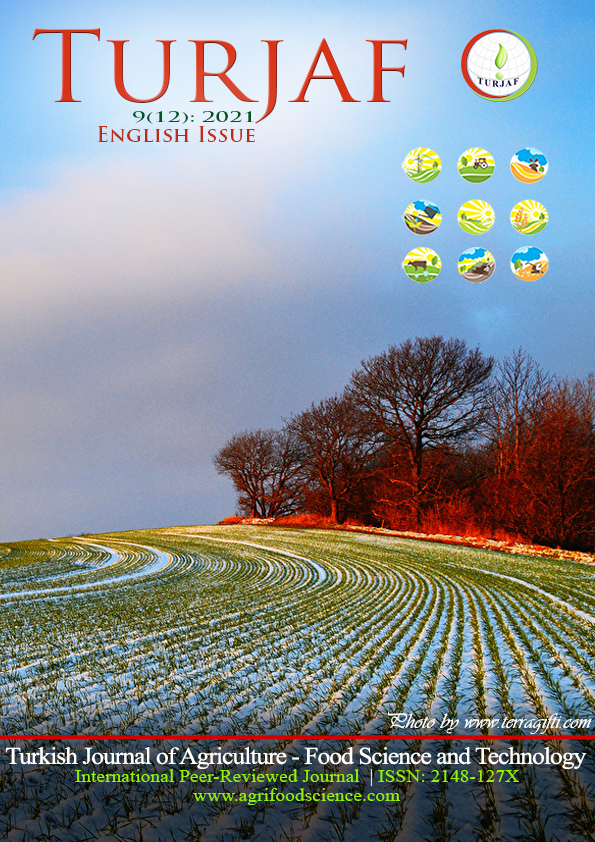Direct Seeded Rice and its Prospects in Nepal: A Review
DOI:
https://doi.org/10.24925/turjaf.v9i12.2355-2364.4383Keywords:
Advantages, Constraints, Direct Seeded Rice (DSR), Nepal, ProspectsAbstract
Direct Seeded Rice (DSR) is an alternative cultivation technique to the conventional Transplanted Rice (TPR). In this method, seeds are directly sown to the field without the necessity of nursery raising and transplanting. DSR can generally be divided into dry-DSR (sowing dry seeds in dry soil), wet-DSR (sowing pre-germinated seeds in moist soil) and water-seeding (sowing dry or pre-germinated seeds in standing water). This helps in saving water alongside the labour and results in early harvest due to quick crop establishment. DSR is proved to be sustainable and eco-friendly since it emits less methane than in TPR. However, there are few constraints associated with DSR such as weed infestation, crop lodging and nutrient loss. If these major issues are fixed, DSR can result in greater economic returns as compared to TPR. In absence of puddling, the soil structure can be maintained which leads to greater yields of succeeding crops. This technique has been successfully practiced in many countries like Srilanka, Malaysia and USA. In developing nations like Nepal, irrigation and labour constraints can be tackled by adopting direct-seeding for rice cultivation.Downloads
Published
26.12.2021
How to Cite
Sharma, A., Sharma, S., Yadav, P. K., & Sodari, B. (2021). Direct Seeded Rice and its Prospects in Nepal: A Review. Turkish Journal of Agriculture - Food Science and Technology, 9(12), 2355–2364. https://doi.org/10.24925/turjaf.v9i12.2355-2364.4383
Issue
Section
Review Articles
License
This work is licensed under a Creative Commons Attribution-NonCommercial 4.0 International License.

























